Visa has once again delayed the EMV deadline for fuel retailers. This time, from Oct. 1 2020 to April 17, 2021. But what does this exactly entail?
Given disruption due to the COVID-19 pandemic, the six-month extension provides retailers much needed additional time before the liability of fraudulent transactions shifts from the credit card companies over to them.
As of Spring 2020, a Conexxus survey reported that more than 51% of retailers had no outside EMV deployment, citing high costs and lack of knowledge as reason for lack of implementation.
Why it matters
Mercator Advisory Group found that 84% of U.S. consumers visit a gas station at least once a month, and more than half use a credit or debit card to pay. The fact that most consumers go to gas stations and are still using plastic cards to pay – and that non-EMV card readers are highly susceptible to fraud – is all evidence that compliance is essential.
As retailers will soon be the ones held liable for any card fraud that occurs, this means they will incur additional costs, such as chargebacks from banks. Not to mention a loss of reputation from angry customers.
Use the EMV deadline to evaluate existing processes
Those that are still up against the clock to achieve the new EMV standards must use this time to work toward implementation.
While this time might be cause for a few headaches, retailers should also take this opportunity to consider their current processes and evaluate if they are prepared for future shifts in consumer behavior and technology. In the same Conexxus survey, 20.97% of respondents cited a lack of available software as what’s preventing them from being fully deployed.
Unfortunately, when it comes to hardware replacement to meet compliance, there’s no simple solution other than investing in new AFDs or dispenser payment devices. But when it comes to software, this is where retailers have the opportunity to optimize their systems to best meet their payment needs.
Create a seamless journey
In today’s age of omnichannel retail, any interaction at the pump should also be tied to the in-store experience, and vice versa. Creating one cohesive, seamless journey for the customer drives a positive interaction and encourages loyalty.
For grocery retailers, this might manifest itself in a shopper who needs to fulfill a BOPIS order for their weekly pantry load, but filling up their tank is the last item on their to-do list. Even a small inconvenience like the slow process of using a chip reader at the cashier’s point of sale or having to enter their PIN at the pump diminishes the user experience. It’s too slow to be desirable.
Another seemingly small but important service is to allow reward card redemption both at the pump and in the store. By eliminating inconveniences and delivering a streamlined process, you will continue to foster loyalty – and even more important, avoid losing it.
For convenience retailers, an omnichannel payments system is a chance to bring their stores out of the stereotype of a necessary fuel stop and become a more alluring, quick service option for snack and grocery items. By offering order ahead and pay ahead capabilities, consumers can take the opportunity to achieve two important tasks at once with ease and speed.
An opportunity to future-proof payments
If there was ever a time to evaluate current payments systems, it’s now, while industry disruption is inescapable. Go beyond EMV compliance and you’ll see that integrating fuel payments with in-store processes has a lot of benefits. Retailers who take a strategic long-term approach can position themselves as a convenience and service leader. The EMV deadline is an opportunity you don’t want to miss.
Learn more about our fuel solution, GK Drive, or download our e-book on EMV at the Pump.

